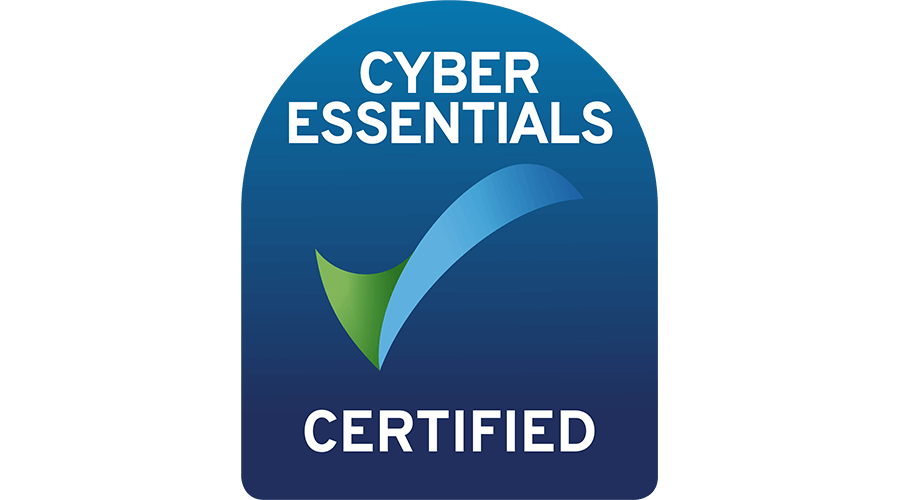- Home
- Using Markdown for Documentation

Working with dynamic and adventurous companies; guiding and supporting you on your IT journey, our approachable team respond swiftly and talk in plain language so you can focus on your business and profit


Company Address
Come and visit us at our new offices in Maidstone
Address: Suite 49 Maidstone Innov. Centre, ME14 5FY
Phone: 0330 088 8058
Email: info@itdesk.io
Copyright © GWT Media Ltd all rights reserved.


Sometimes it can be a challenge to decide the best format to keep technical and project information documented. In this blog post we discuss some of the advantages of using markdown files and format to store your technical documentation.
Why Markdown
Documentation is an integral part of any technical project, and it’s essential to have a consistent, clear, and concise way of documenting the project. Markdown is a lightweight markup language that provides an easy and efficient way to create technical documentation. In this blog post, we’ll explore the advantages of using markdown for technical documentation.
In conclusion, markdown is a powerful and versatile tool for creating technical documentation. Its simplicity, platform independence, versatility, version control-friendliness, SEO-friendliness, and extensibility make it an excellent choice for documenting technical projects of any kind. Whether you’re working on software, hardware, or any other technical project, using markdown can help you create clear and concise documentation that is easy to share, collaborate on, and maintain over time.
Can we make it better with automation?
We can take advantage of the shells that are built into modern operating systems to help automate the process of markdown documentation including PowerShell and bash/zsh.
We have recently been developing several scripts to help automate the documentation of servers and services. If you are interested in trying them out, we have made them available via GitHub.
To get started, clone the repository, open the shell of choice (please note most of the scripts have been written for PowerShell) and run your required script to output the plain text data to the console. Alternatively, you could pipe the output to a file and transfer it directly into your documentation repository. For example, the following command would save the ServerDocumentation.ps1 script to a file called “ServerDocumentation.md”
Recent Posts
Recent Comments
Popular Categories
Popular Tags
Archives